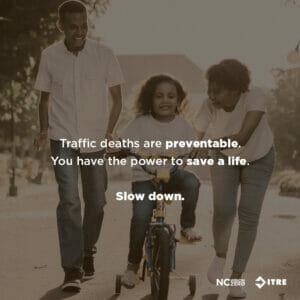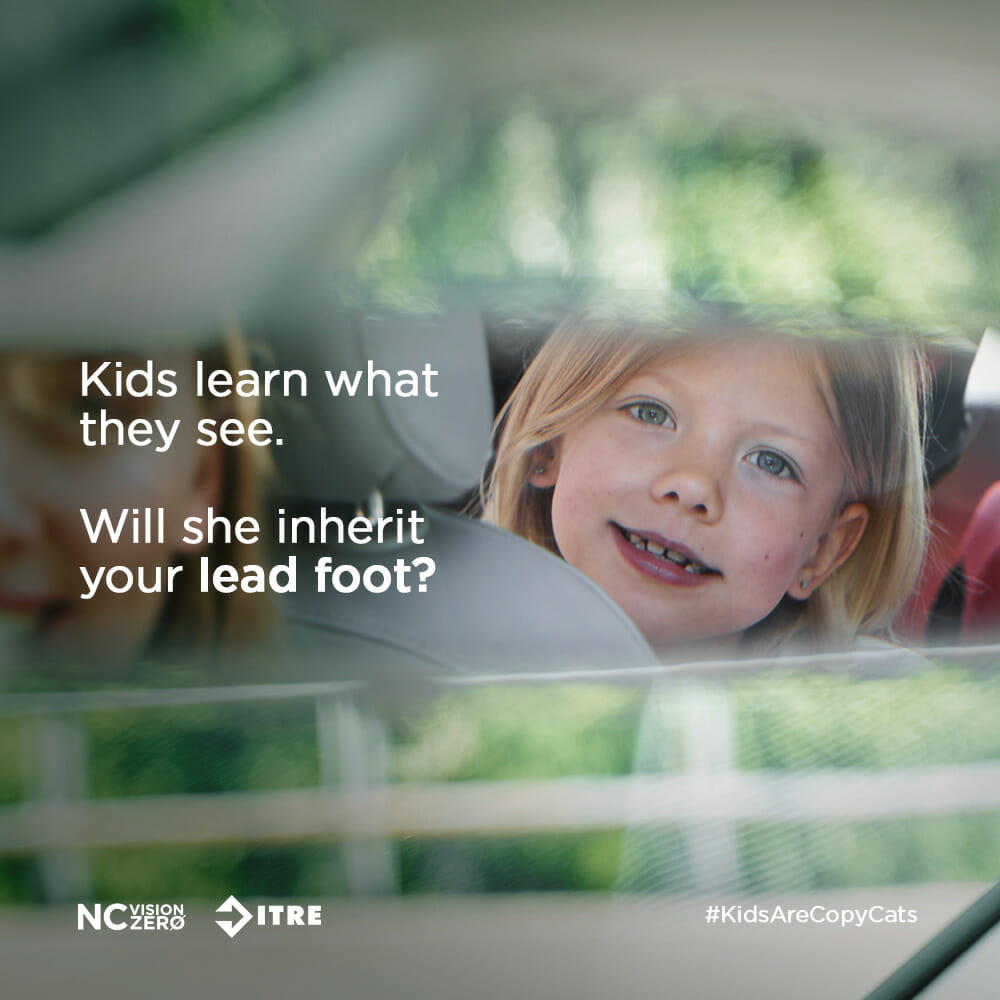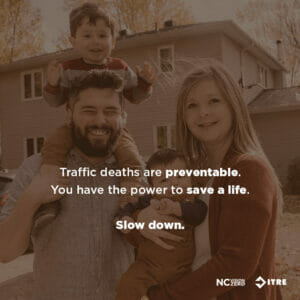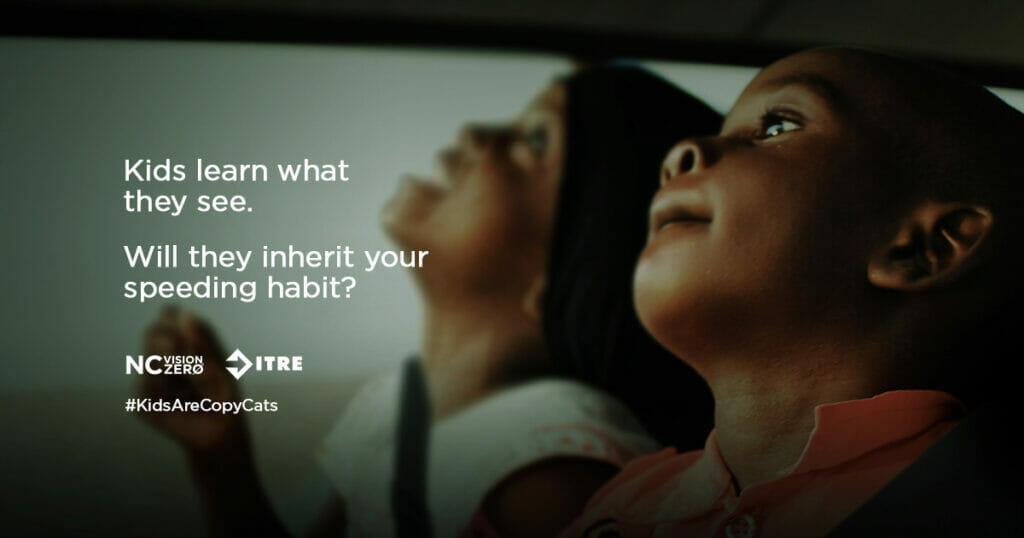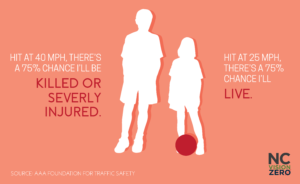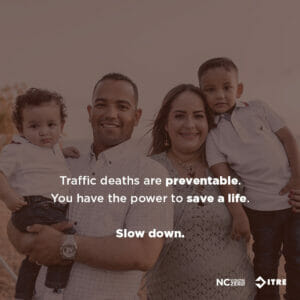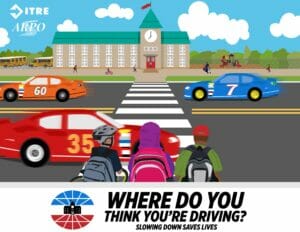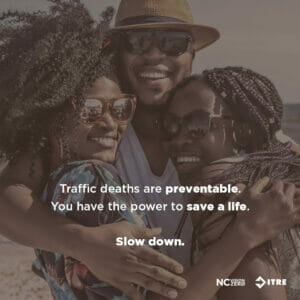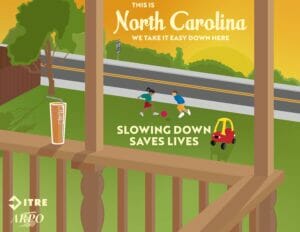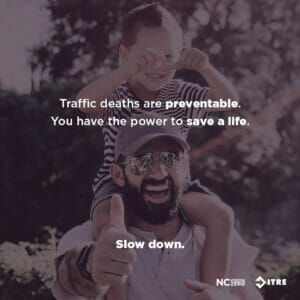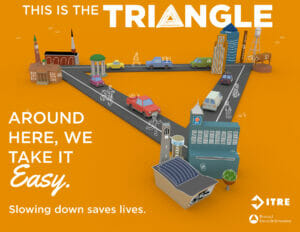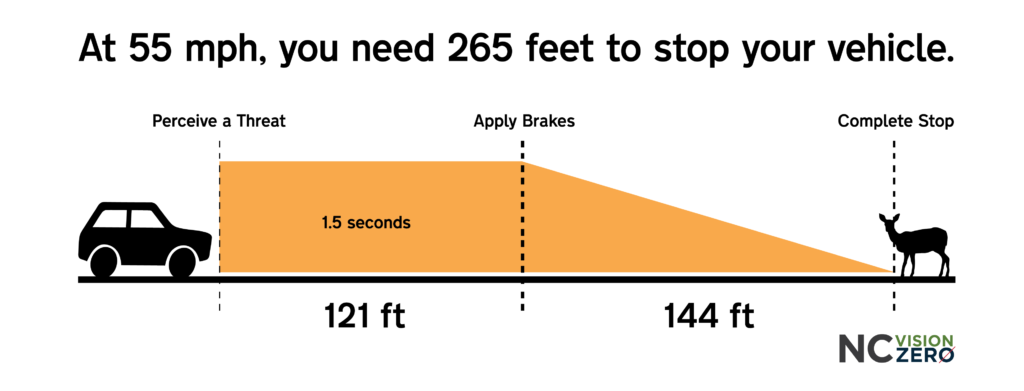Speeding
Navigating Speed Limits and Road Safety
Following the speed limit allows for best handling of the road design and provides the necessary time for you to react to other drivers in your vicinity, avoiding the risks associated with speeding.
“The reduction in kinetic energy transfer, primarily through speed management, is a core tenet of the Safe Systems approach.” (Source: Speed, Kinetic Energy, and the Safe Systems Approach to Safer Roadways)
Follow the speed limit to decrease your chances of crashing.
Why follow the speed limit? Because a difference in a few miles per hour can be the difference between life and death.
Adjust your speed based on weather. Adverse weather impacts safe speed. In bad weather, the necessary stopping distance increases. Rain? Snow? Fog? Leave more space. Drive slower.
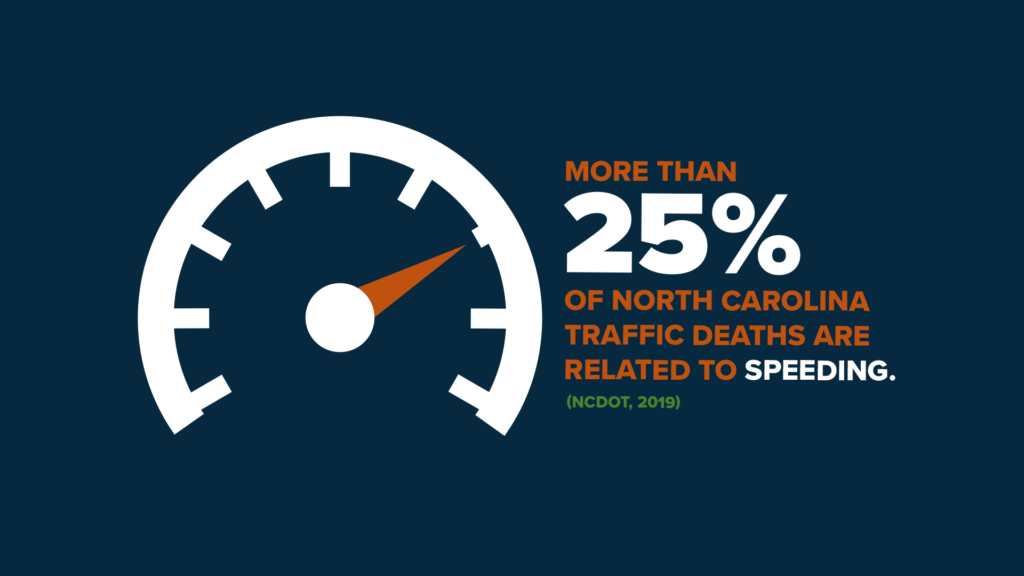
Find more videos in the Speeding YouTube Playlist.
On the road, conditions can change quickly. Other drivers are unpredictable. One of the best things you can do to prevent a collision is to keep a safe stopping distance. More stopping distance = more time to react to situations.

